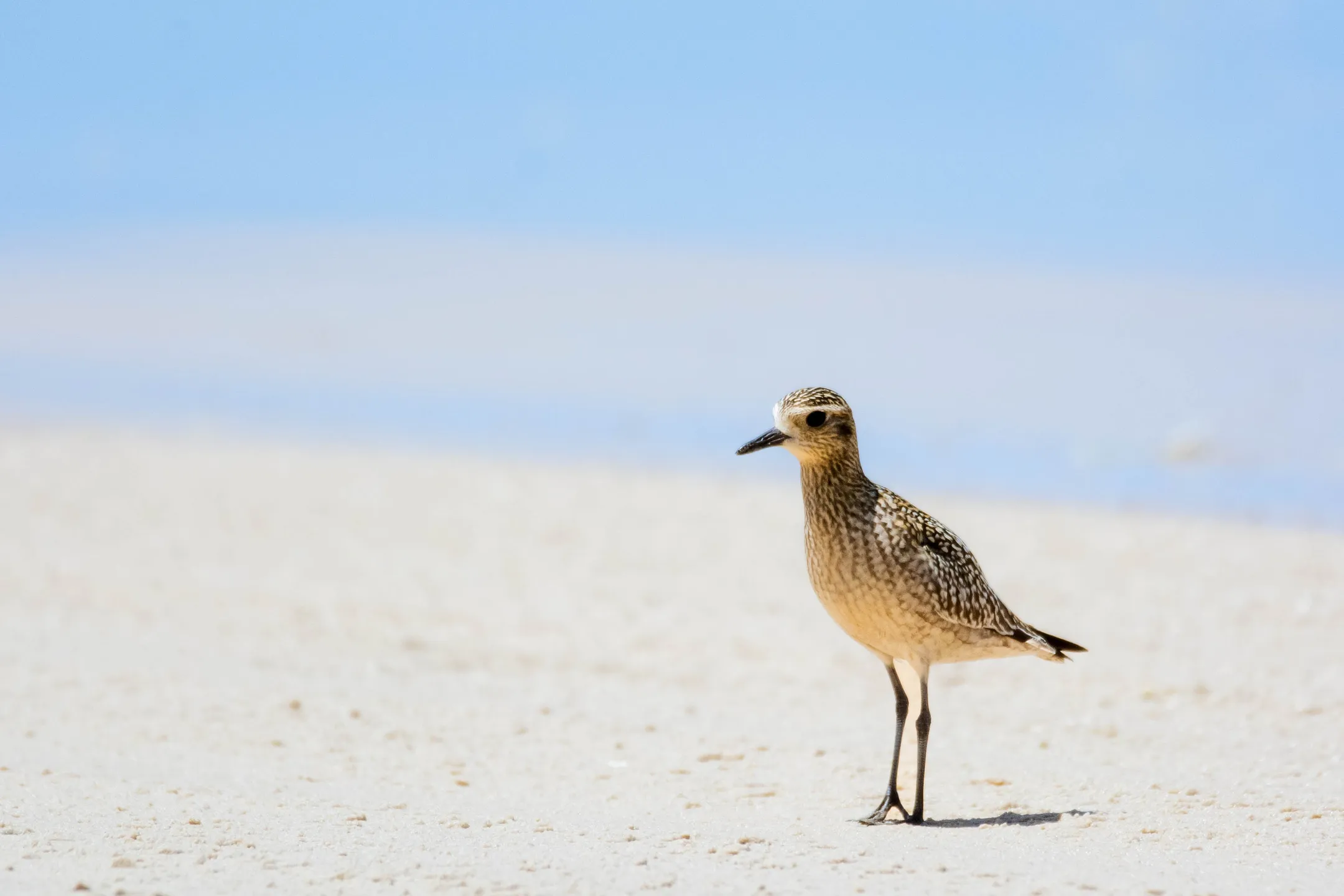Protecting our shorebirds
Find out how we are protecting our shorebirds.

©Simone Bosshard
About two-thirds of the local shorebirds are migratory species and are protected under Australia's bilateral agreements with China, Japan and the Republic of Korea, as well as under international agreements such as the Bonn convention on migratory species.
They are also protected under the Australian Government Environment Protection and Biodiversity Conservation (EPBC) Act 1999 and the Queensland Government Nature Conservation Act 1992.
Sunshine Coast shorebird habitat
Shorebirds live in estuaries, coastal foredunes and on rocky headlands. During low tide, they feed on sandbanks and mudflats, or on rocks close to the water's edge. At high tide, they roost in a safe, dry area above the high tide mark and wait for the tide to drop in their feeding areas. To save energy and limit flying, they select roost areas close to their feeding sites.
What is Council doing to protect shorebirds?
The Sunshine Coast Shorebird Conservation Plan 2025–30 [2.5MB] sets out a strategic roadmap to safeguard shorebirds and their habitats.
- Read the Sunshine Coast Shorebird Conservation Plan 2025–30 [2.5MB].
- Read the Shorebird Conservation Plan 2025 Background Paper [3.5MB]
Developed with extensive input from Traditional Owners, community groups, researchers, and government agencies, the plan reflects a shared commitment to living in harmony with nature. Read the full draft shorebird plan community feedback summary.
This plan is about making small but powerful local changes so we can continue to enjoy our coast while protecting the wildlife that makes it so special.
What the Shorebird Plan delivers
The Shorebird Conservation Plan provides a strong, evidence-based framework to:
- protect current and future high-value shorebird habitats
- reduce local threats, such as disturbance at key roost sites
- strengthen education and community partnerships, including with Traditional Owners
- integrate the latest research and monitoring benchmarks
- align with national and international conservation efforts.
It also supports shorebird-safe recreation planning, including coordination with the Dog Exercise Area Regional Plan.
Next steps
The next steps are to deliver the implementation plan, in collaboration with delivery partners and stakeholders.
The implementation plan prioritises actions, defines timing of implementation, identifies responsibilities and resources required.
An annual review and report on activities will be provided as part of the Sunshine Coast Council Annual Report.
A comprehensive evaluation, review, and updates (where required) will be undertaken as part of the five-year plan.
